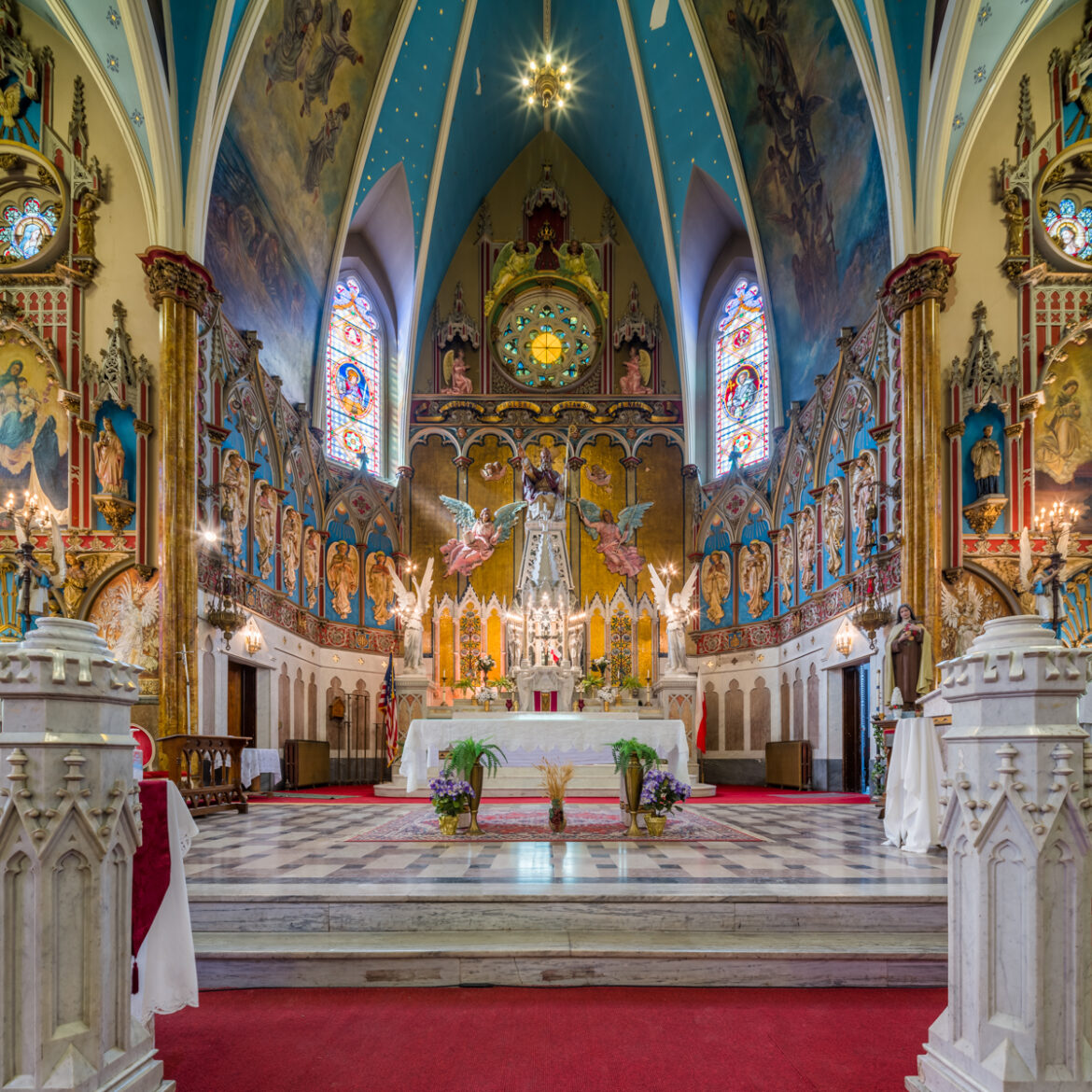The establishment of the Church of England is a remarkable narrative underscored by political maneuvering, theological debates, and cultural upheaval. One might pose an intriguing question: What if Henry VIII had never sought an annulment? Would the religious landscape of England—and indeed the world—have been irrevocably altered? The genesis of this ecclesiastical body is intricately woven into the fabric of 16th-century England’s socio-political tapestry. The Church of England’s foundation was not merely a schism from Catholicism but a profound shift in the very essence of Christianity as experienced in England.
To comprehend the inception of the Church of England, one must travel back to the reign of Henry VIII, who ascended to the throne in 1509. Initially, Henry was a staunch defender of the Catholic faith. His early years were marked by fervent loyalty to the Pope and the Catholic Church, earning him the title “Defender of the Faith” after his denunciation of Martin Luther’s revolutionary ideas. Yet, as political needs evolved, so did his spiritual convictions.
Henry married Catherine of Aragon, his brother’s widow, in a union that produced only a single surviving child, Mary. The pressing need for a male heir became increasingly urgent for Henry, leading him to seek an annulment from Catherine. This request would not merely dissolve a marriage; it would inspire a seismic shift in religious allegiances and institutional power. The Pope’s refusal to grant this annulment—largely due to pressures from Catherine’s nephew, Charles V—set the stage for rebellion against Papal authority.
In 1534, Henry VIII enacted the Act of Supremacy, declaring himself the Supreme Head of the Church of England. This bold proclamation marked the de facto birth of the Anglican Church. No longer were England’s religious affiliations dictated by Rome; instead, the monarchy became the ultimate authority on matters of faith. The ramifications of this legislation were profound: the dissolution of monasteries ensued, leading to the redistribution of vast ecclesiastical wealth and property. The intertwining of religion and politics cultivated a unique English identity, one that diverged sharply from continental Catholic practices.
However, the formation of the Church of England was not merely a manifestation of royal whim; it reflected a burgeoning nationalistic sentiment. The break from Rome delivered a sense of autonomy that resonated deeply within the English populace, challenging the notion that spiritual authority should be governed from abroad. This newfound independence allowed for the exploration of distinct theological perspectives that had been stifled under the rigid confines of Roman Catholicism.
As the Church of England began to take shape, a series of reforms emerged, profoundly shifting worship and ecclesiastical doctrine. The introduction of the English Bible, notably the King James Version in 1611, democratized access to scriptures, fostering a culture of individual interpretation and personal faith. This change not only empowered congregants but also unleashed an array of theological dialogues that shaped the religious landscape of England for generations.
One might argue that the Church of England’s start was fraught with contradictions. While it emerged from a desire for reform, it also grappled with preserving elements of Catholic liturgy and structure. This duality created friction within the church, prompting splinter factions and leading to the establishment of various denominations that sought to embrace a more radical interpretation of Protestant principles. Groups like the Puritans and the Separatists were emblematic of this push for deeper reform, advocating for a more profound ecclesiastical purity and governance free from monarchical control.
From the 17th century onwards, England witnessed waves of religious turmoil. Civil wars, the execution of Charles I, and the brief establishment of the Commonwealth under Oliver Cromwell reshaped the Church of England’s landscape. Returning to the throne, Charles II sought to restore a sense of stability, reinstituting the Anglican Church as a unifying force. However, tensions remained palpable as dissenters continued to challenge the established order, embodying the dynamic relationship between authority and belief.
As centuries waned, the Church of England navigated the complexities wrought by Enlightenment ideals, industrialization, and expansion across the British Empire. The challenges of modernity prompted deeper soul-searching within the church. Questions of morality, social justice, and the church’s role in a rapidly changing world came to the fore. The abolition of slavery and the emergence of various social movements placed additional scrutiny on the church’s teachings and practices.
Today, the Church of England stands as a testimony to a historical journey marked by tumult, resilience, and evolution. It occupies a unique position within the global Anglican Communion, bridging diverse cultural practices and doctrinal interpretations. The church remains an emblem of English heritage, yet it faces contemporary challenges that require thoughtful engagement with secularism and pluralism.
In reflecting on the Church of England’s trajectory, one must consider the implications of its formation. The schism from Rome not only redefined religious affiliation in England but also catalyzed worldwide movements—spanning continents and cultures—shaping the contours of Christianity as we know it. As we ponder the question of what might have been had Henry VIII pursued a different path, we are left with the stark reality that the Church’s legacy continues to evolve, compelling us to reassess our collective pursuit of faith in an increasingly complex world.



